My principles and process
Learn about my working and collaboration style
How I work
I’m a product designer, business thinker and strong collaborator. I mix excelling independently with thriving in collaborative settings. I’m super motivated, reliable, and am continuously learning and refining my skills.
With 15 years of experience and the past 4+ years working Meta, I’ve developed a comprehensive toolkit of principles and processes that guide me when leading projects.
My design principles
01
Mindful 🧠
Balancing the goals of the business with the needs and expectations of the users.
I make sure to understand and stay mindful of the business’s overall strategic goals and stakeholder needs, frequently using KPIs to guide my efforts.
Alongside, I maintain a deep empathy of the user, continuously putting myself in their shoes to ensure we are delivering solutions that are effective and that people want.
02
Intentional 🎯
Making deliberate and thoughtful decisions at each stage.
Always keeping my eye on the bigger picture, I help define and establish clear metrics and goals while creating visions, strategies, and roadmaps for the team.
I’m equally as intentional with my design decisions and time, continuously prioritising and reprioritising based on where I can add the most value.
03
Considered 🤔
Refining designs with an iterative and inclusive approach.
As projects kick off I like to encourage diverse ideas and perspectives, facilitating workshops and brainstorming sessions with my team and stakeholders—the more minds involved, the better the outcome.
My creativity thrives creating concepts, and I always keep my sketchpad close to jot down ideas as they come (day or night!). With a multitude of concepts I then embrace an iterative design process, utilising critiques, regular stakeholder input, and user experience research feedback to refine and improve the design.
04
Crafted 💛
Crafting with care, quality and precision.
I strive for excellence, paying careful attention to both the small details and the overall experience. Whether it’s aesthetics, usability, or the final product launch, I take a hands-on approach to maintain high standards.
You can often find me refining the designs and reviewing engineering outputs to ensure we deliver exceptional experiences. At Meta, I established and managed a program to increase the adoption and expand the usefulness of tools that help design and engineering partner together to review product quality before launch.
05
Straightforward 👌
Creating effortlessness experiences that lack complexity.
It should be easy to use anything Ive designed and feel natural to do so.
With years of industry experience I value familiar interaction patterns, whilst approaching new design challenges and patterns with a thoughtful and well tested approach.
06
Validated ✅
Gathering feedback and using data to deliver effectively.
I advocate for an early and often user testing approach and use feedback loops to ensure the designs I deliver are efficient and effective for the user. I also make data-driven adjustments based on analytics and performance metrics.
I create a safe space for collaborative feedback, leading sessions involving team members, stakeholders, and clients to ensure the design meets all requirements and expectations.
07
Unified 🧩
Maintaining consistency and contributing to the system.
I create unified experiences by maintaining consistency in design and tone to ensure all elements work harmoniously together and align with the wider ecosystem.
I enjoy working within the constraints of existing systems and positively contributing to them, as well as developing new systems from scratch.
08
Scalable 🚀
Providing a resilient and future-proof solution.
I deliver flexible and adaptable solutions that account for future growth. I always consider the next phases of a project and design with scalability in mind, whether it’s a large 0-1 project with growth potential or a single component that others might reuse as part of a system.
This approach is one of my most effective efficiency tools, enabling my team and others to work faster in the long term.
My Process
01
Understand
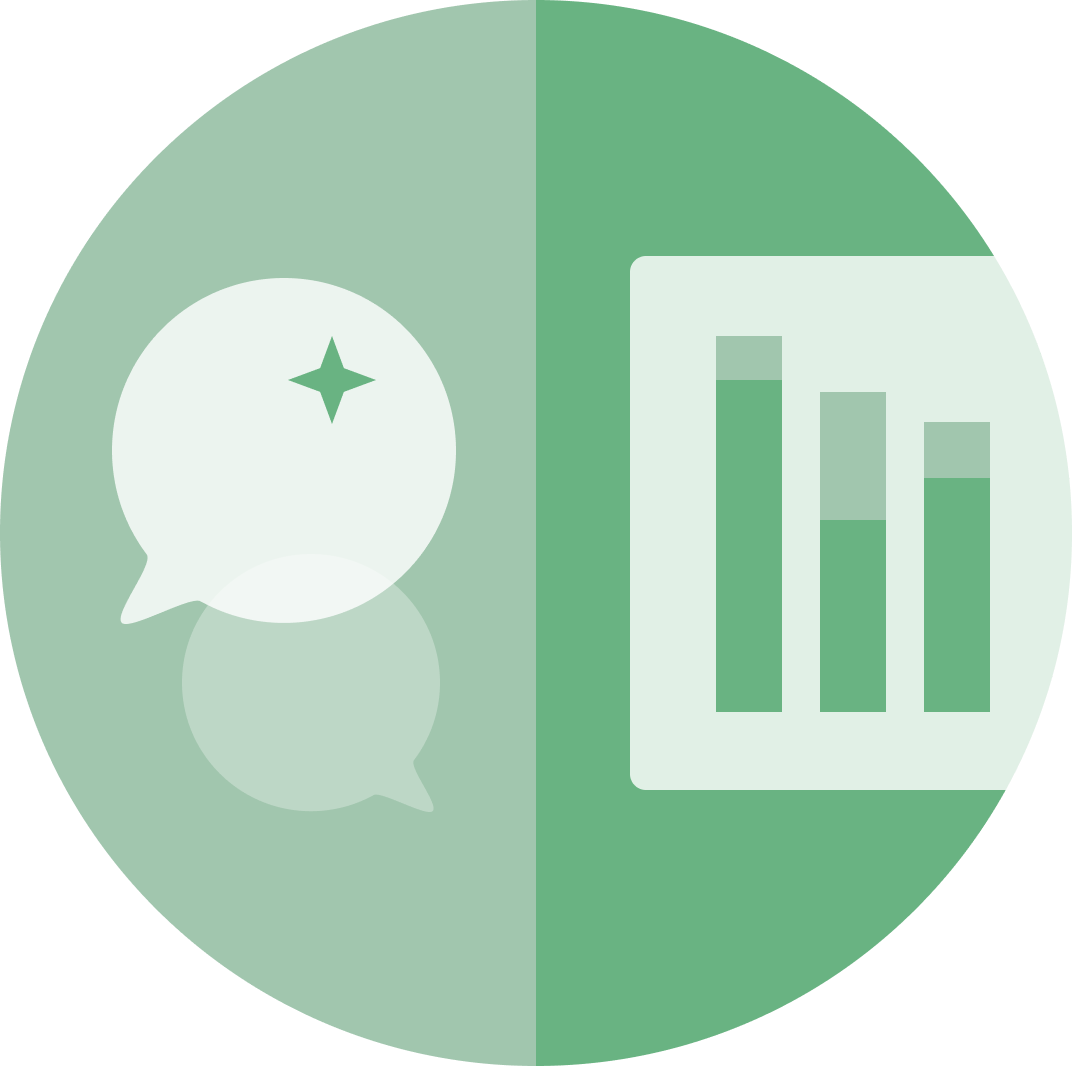
I develop a deep understanding of users, using research and insights to learn about users behaviour, what they like, what bugs them now (pain points) and where we could improve (opportunities).
I use data to dig deeper, spotting patterns and seeing where we could do even better.
I’ll also align with the business and stakeholders to understand their needs and requirements.
02
Define
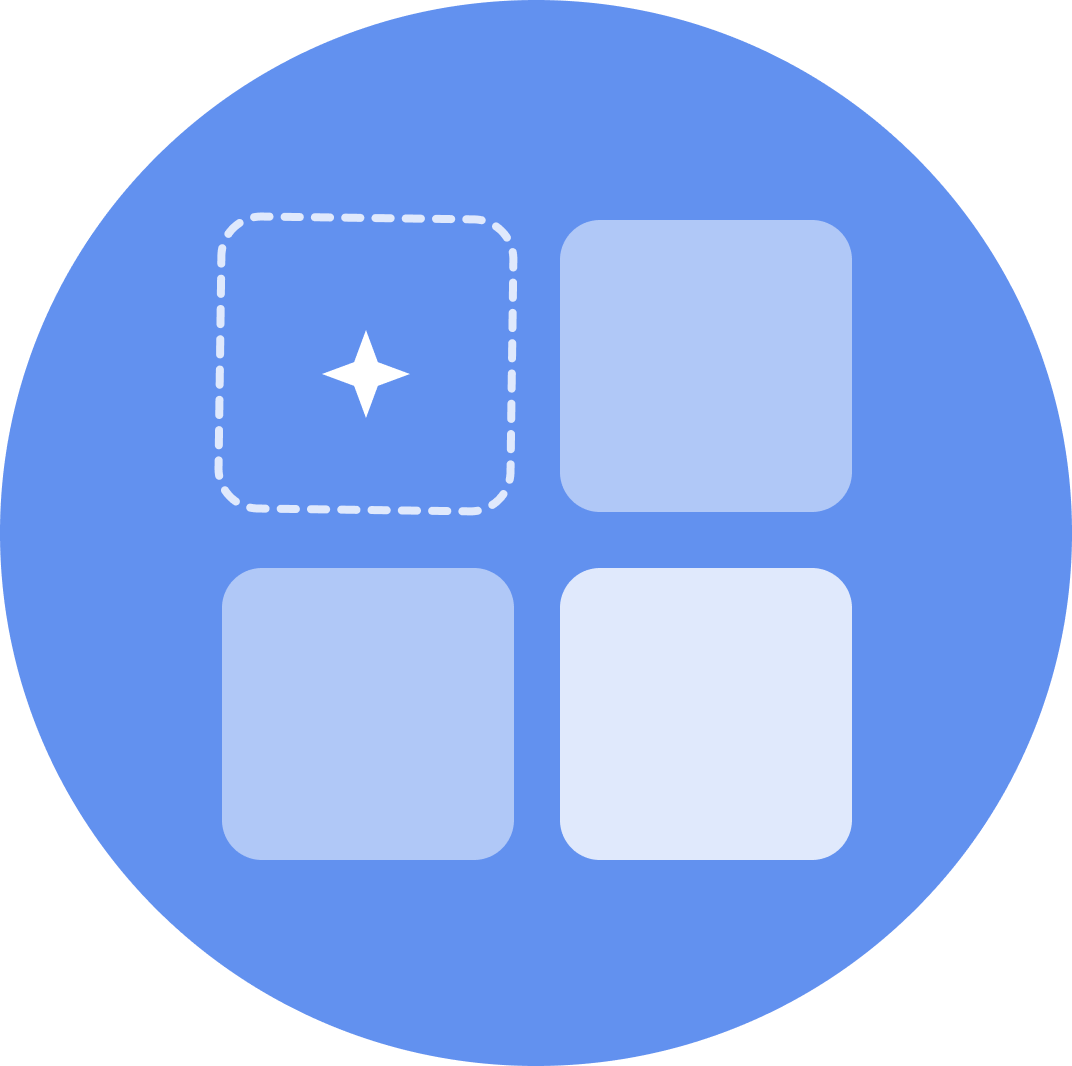

Now that I really understand the problems, I’ll work with the project manager to define jobs to be done, problem statements and goals.
I’ll lead close collaboration with stakeholders to assure alignment on project objectives and success criteria.
Additionally at Meta it was more often than not necessary I led coordination efforts with teams across different pillars and orgs, as there was a lot of overlapping work and parallel projects. Ensuring this level of alignment across the business verticals was critical to successful projects.
03
Ideate
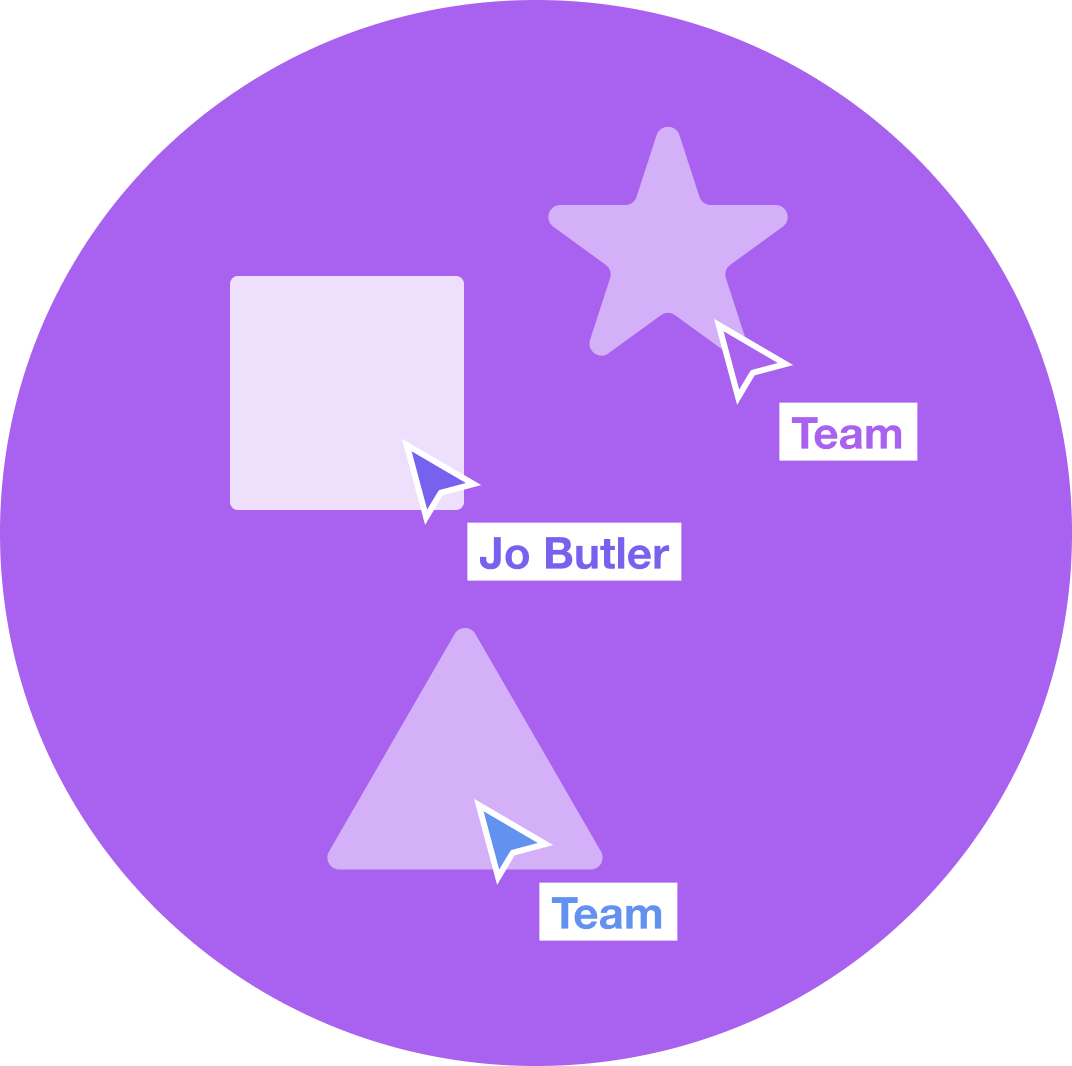
With defined problems and goals, I have solid foundation to ideate. I value a collaborative approach, facilitating workshops and brainstorming sessions with stakeholders and the team to generate diverse ideas.
At this stage, I’m all about quantity. The more ideas, the better!
04
Design
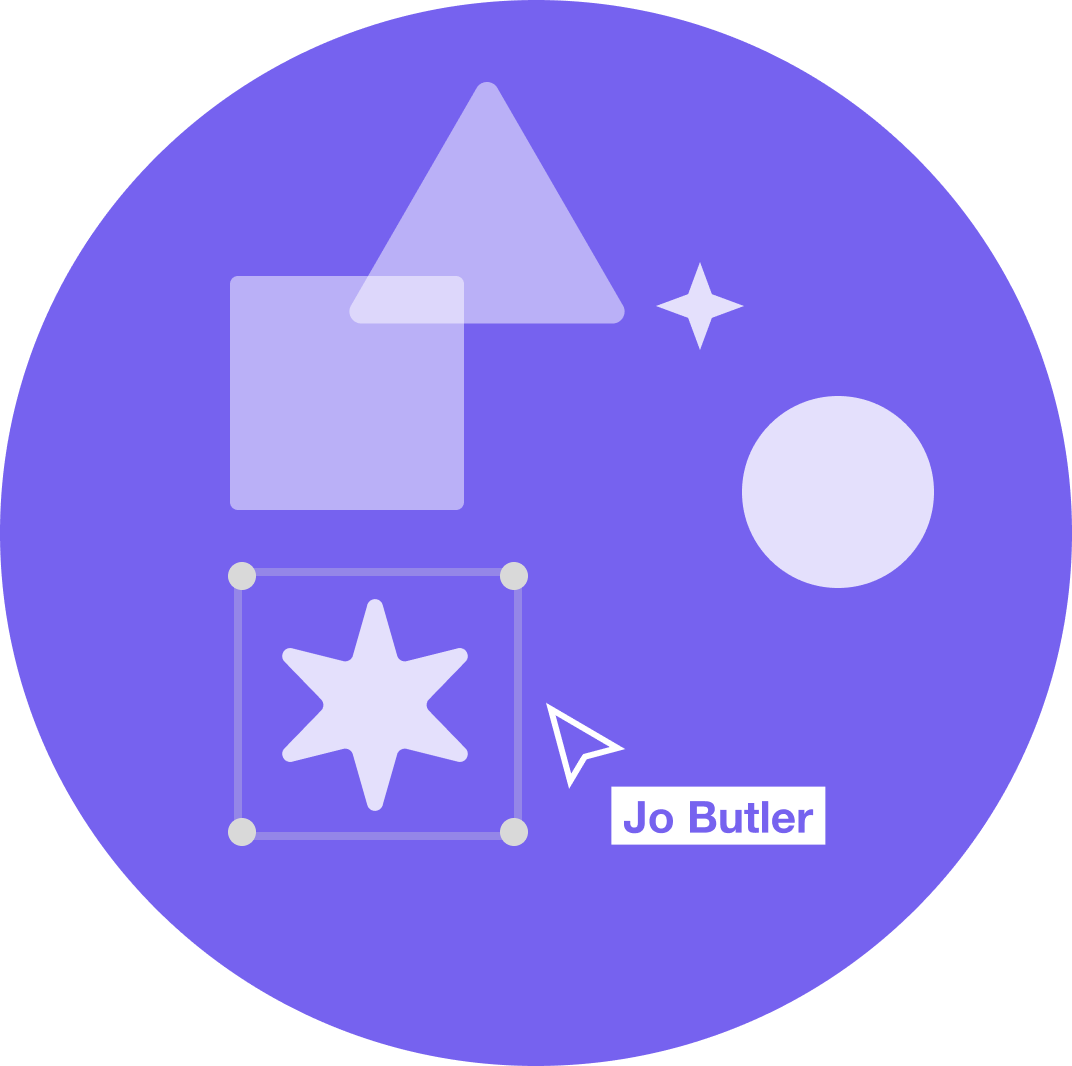
Getting into the nitty-gritty of design is where I really thrive. I take those initial ideas and turn them into something tangible. I make sure to think about scalability, user-friendliness, and craft along the way.
To refine the designs I use my own evaluations, design critiques with team members and other designers, as well as stakeholder input, iterating and refining.
I’ll ensure a cohesive experience in terms of tone, crafting my own copy to be clear and considered, (sometimes I’ll have the privilege of working alongside a dedicated content design too). I’ll meet with design system stakeholders (if they exist) to ensure the project is aligning and positively contributing to the overall system.
05
Prototype
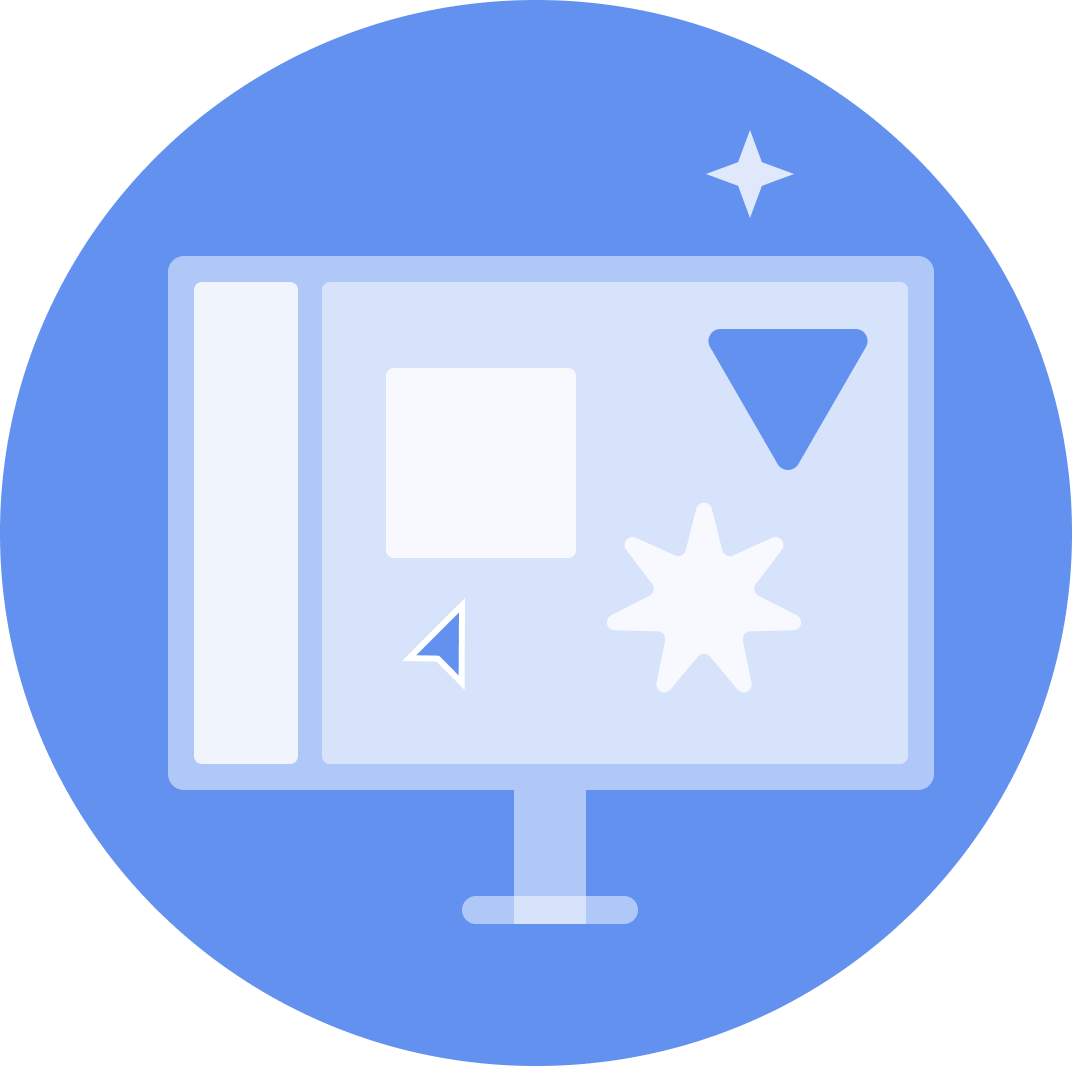
I’ll share prototypes with the team and stakeholders whilst in the process of refining, to ensure they get a feel for the designs and flow and can therefore provide clear and actionable feedback.
I’ll also create prototype scenarios for user research sessions, to see if our ideas really work in practice, testing our assumptions, and validating solutions.
06
Test
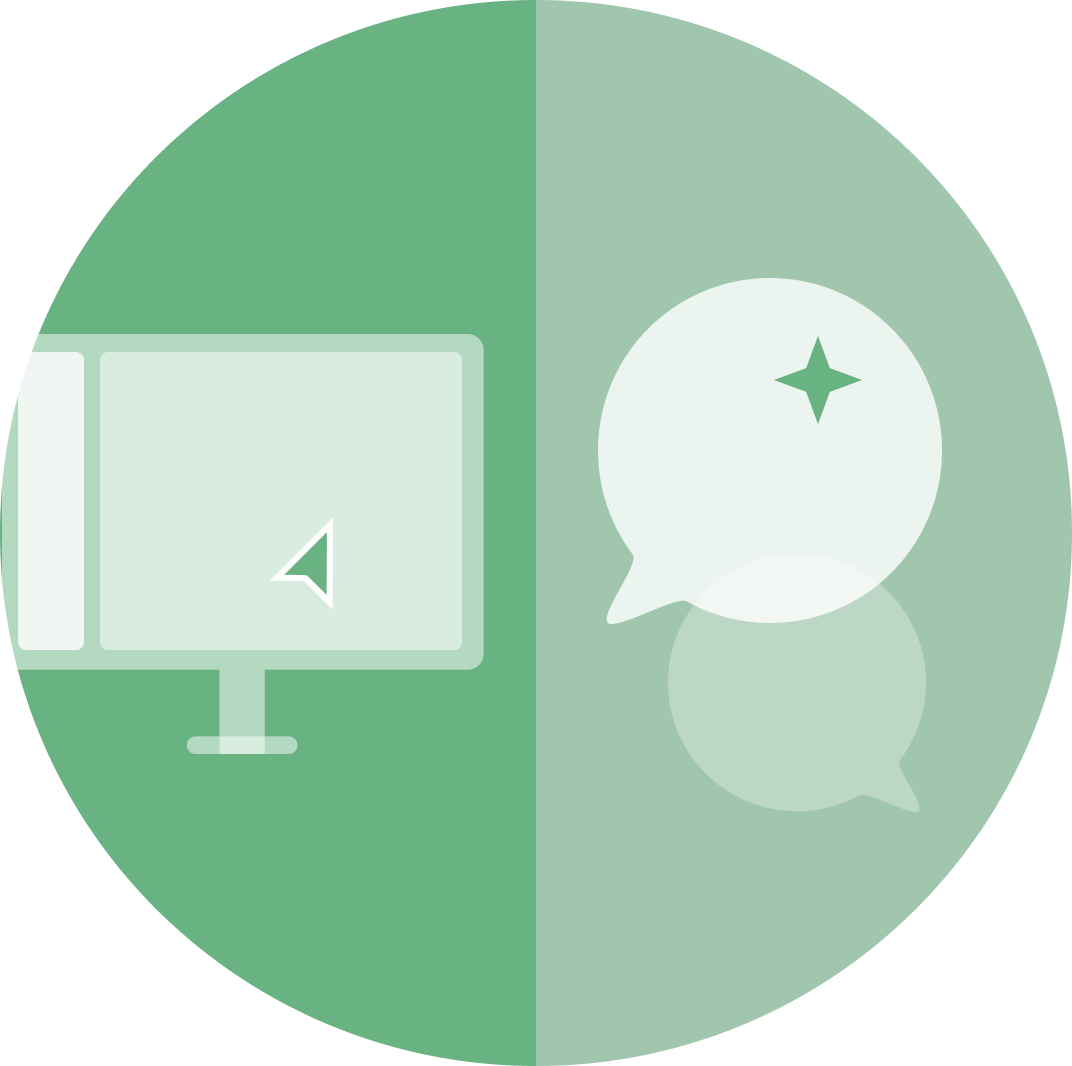
I’m hands-on in testing my solutions, often crafting the research plan and leading the questions.
The results of these research sessions will guide the next stages, potentially calling for minor tweaks or a even a directional pivot. I remain extremely open to feedback and consider these insights as the most powerful tool we can get to ensure we deliver value to our users.
At Meta, we often “dogfood” with our internal employees, meaning we might roll out a feature to a small group of them first to gather feedback before launching it to a wider audience.
07
Implementation
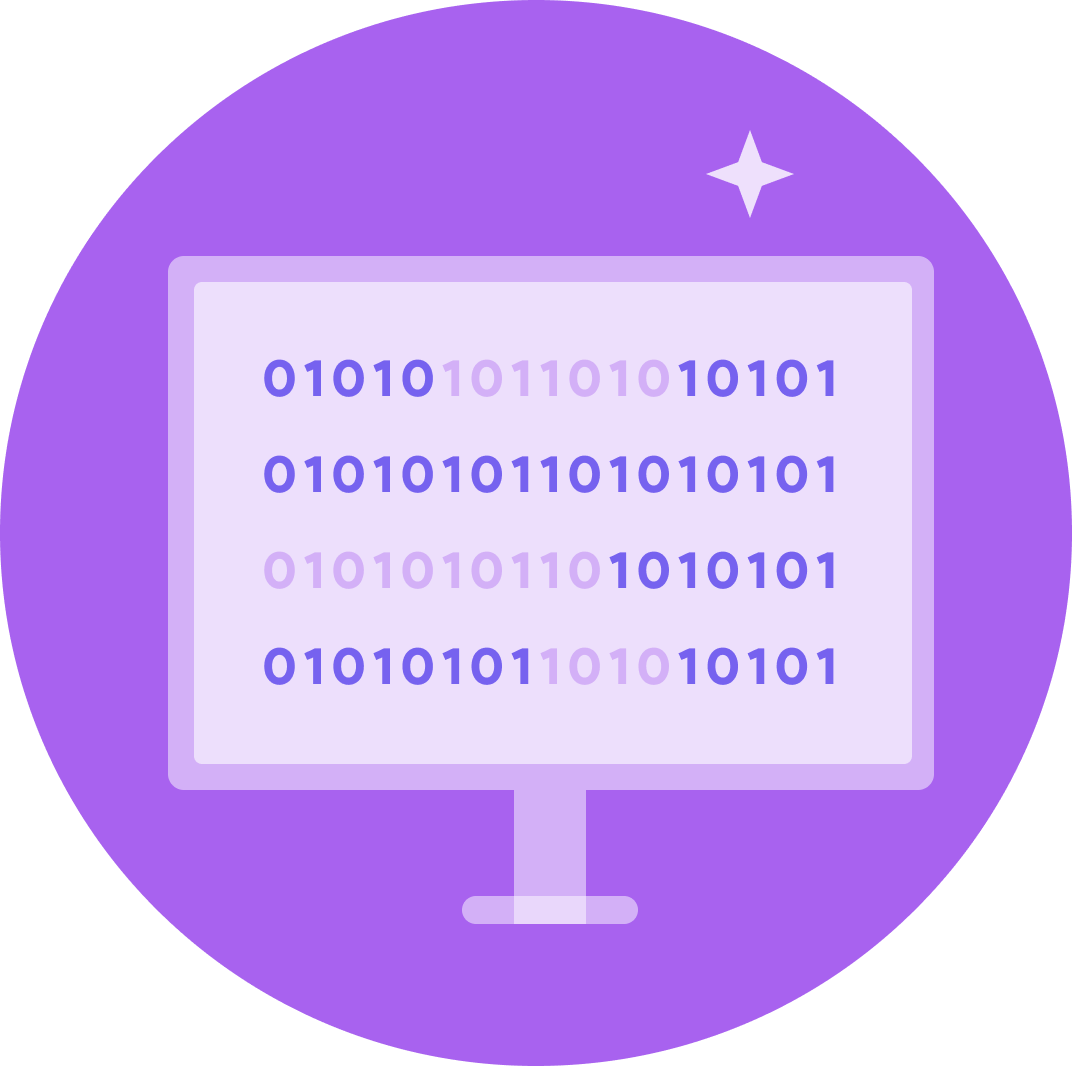
I come from an engineering background, therefore collaborating with engineers comes naturally to me. I’ve often worked closely with engineers from project kick off, sometimes building engineering foundations in parallel to design.
I’m active throughout the implementation stage from handoff, to delivery. I provide guidance right through, testing and reviewing for quality assurance. My goal is to ensure that the final product reflects the intended design and meets the requirements and expectations of users and stakeholders.
At Meta, with the culture of “moving fast” quality sometimes slipped prior to launch. To alleviate this I helped boost quality of products across my org by setting up a template that teams could use to agree an engineering and design quality review process.
08
Launch
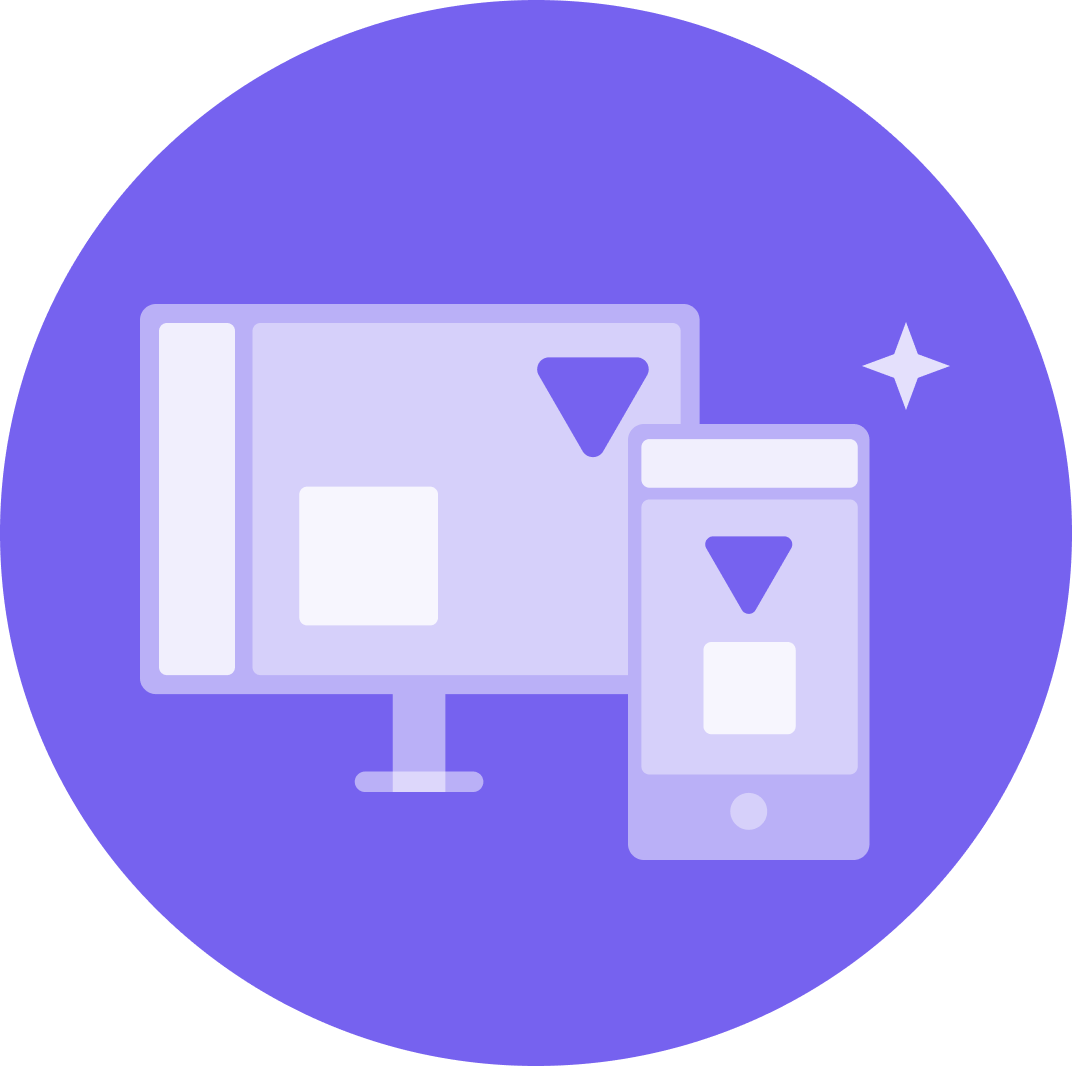
I’m part of the release planning and deployment stages, coordinating with various teams, such as marketing. I might be involved in creating promotional materials and mockups for the release.
I’ll also keep a close eye on the results working with data scientists, review user feedback, always ready to make any necessary adjustments to help improve the experience.
✨ And finally it’s time to say thanks to the team and get ready tackle the next user pain point / milestone or product enhancement. ✨